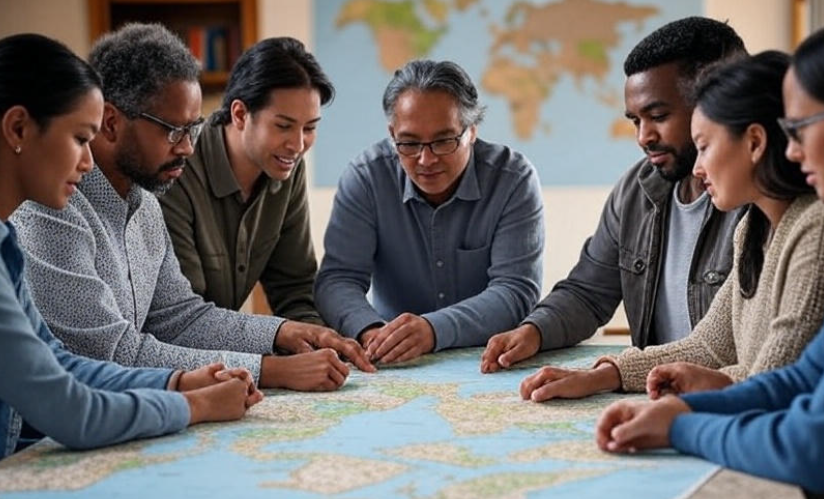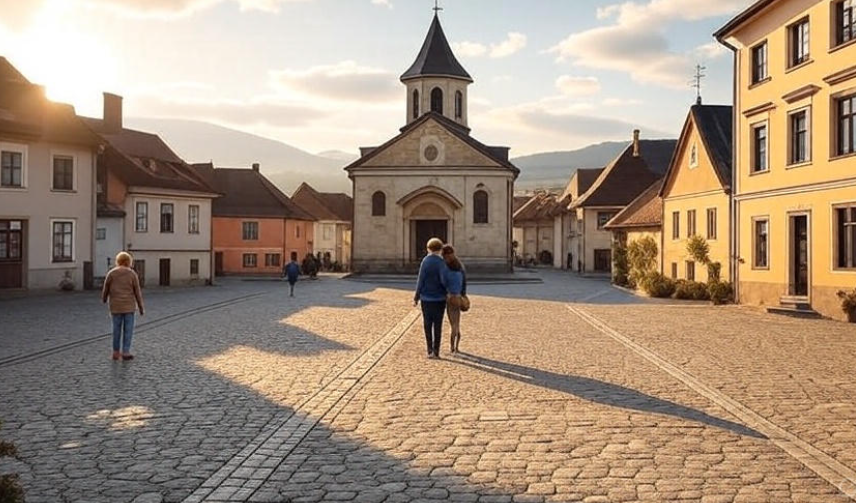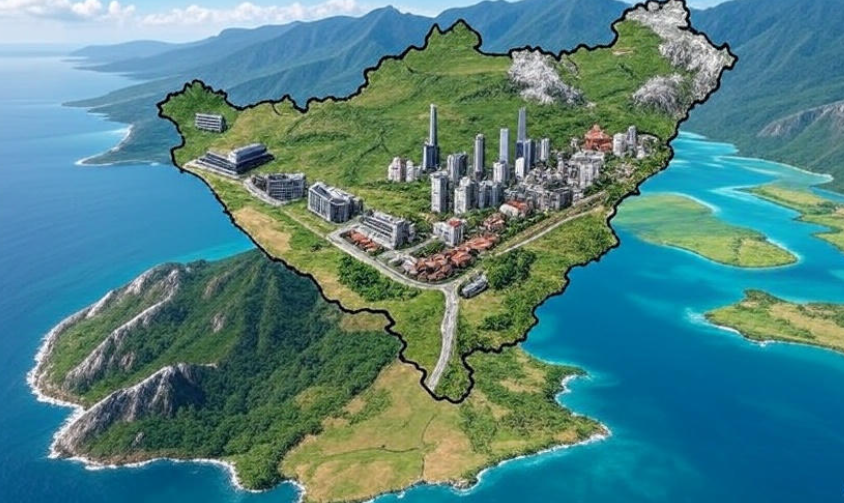Geography is more than just maps and countries; it’s the story of our planet. From deserts to mountains, rivers to islands, the Earth is packed with wonders that often go unnoticed. Here are 10 fascinating facts about world geography that might surprise you!
1. Russia is bigger than Pluto ❄️
Yes, you read that right! Russia, the largest country on Earth, spans about 17.1 million square kilometers. Pluto, the dwarf planet, has a surface area of roughly 16.7 million square kilometers. That means, in terms of land coverage, Russia could literally “fit” over Pluto. Just imagine that—a country bigger than an entire planet!
2. Africa has more countries than Europe
It’s easy to assume Europe has more countries because it’s densely packed. But Africa actually has 54 recognized countries, while Europe has around 44. This diversity means Africa is home to hundreds of languages, cultures, and landscapes—from Sahara Desert sands to lush rainforests.
3. The Dead Sea is actually alive… in a strange way
The Dead Sea is famous for being extremely salty. In fact, it’s about 9.6 times saltier than the ocean! This prevents most life from surviving in it, hence the name “Dead Sea.” Yet, it’s called “sea” because it’s a large body of water, and humans can float effortlessly in its waters. A fun fact: it’s also the lowest point on Earth’s surface, sitting around 430 meters below sea level.
4. Canada has more lakes than the rest of the world combined
Canada is like the land of water. There are over 31,000 large lakes and millions of smaller ones. To put it in perspective, more than half of all natural lakes on Earth are in Canada. That’s a lot of swimming spots, fishing adventures, and breathtaking views!
5. Mount Everest grows every year ️
Most people know Mount Everest is the tallest mountain, but did you know it actually grows? Due to tectonic plate movements, Everest rises about 4 millimeters per year. So technically, the mountain you climbed last year is slightly smaller than it is today. Nature really keeps us on our toes!
6. The Amazon Rainforest produces 20% of the world’s oxygen
Often called the “lungs of the Earth,” the Amazon spans 9 countries in South America. Its dense vegetation absorbs carbon dioxide and releases oxygen, helping regulate the global climate. Fun fact: some scientists believe that cutting even a small part of the forest could impact the planet’s oxygen levels.
7. There’s a country inside another country
Ever heard of Lesotho? It’s a small country in Southern Africa, and it’s completely landlocked within South Africa. Imagine living in a place where crossing a border is as simple as a short walk outside your home. Lesotho is one of the few nations in the world with this unique geographical situation.
8. The world’s largest desert isn’t always hot ️❄️
When you think of deserts, sand dunes and scorching heat come to mind. But Antarctica is technically a desert because it gets very little rainfall—less than 50mm per year in some places. That makes it the largest desert in the world, covering about 14 million square kilometers. Cold doesn’t stop a desert from being a desert!
9. Africa and South America were once connected ➡️
Long before the continents took their current shapes, Africa and South America were part of a supercontinent called Gondwana, around 200 million years ago. Fossil records show similar plants and animals on both continents, proving they were once neighbors. Plate tectonics really is mind-blowing when you think about it!
Another interesting read: Understanding Political Geography in Simple Terms
10. There’s a place where four countries meet at one point
It’s called the Quadripoint, located in Africa, where Zambia, Zimbabwe, Botswana, and Namibia nearly touch. This tiny spot, known as the Kazungula area, is a geographical curiosity and shows how complex borders can be. Fun travel trivia: it’s one of the few places in the world where you can almost stand in four countries at once!

Table: Quick Geography Facts
| Fact | Detail |
|---|---|
| Largest Country | Russia – 17.1 million km² |
| Most Lakes | Canada – over 31,000 large lakes |
| Tallest Mountain | Mount Everest – 8,848 m |
| Largest Desert | Antarctica – 14 million km² |
| Most Countries in Continent | Africa – 54 countries |
| Lowest Point | Dead Sea – 430 m below sea level |
| Countries Completely Landlocked | Lesotho inside South Africa |
| Oxygen Producer | Amazon Rainforest – 20% of Earth’s oxygen |
FAQs About World Geography ❓
Q1: Which country has the most natural resources?
Russia and the United States top the list for diversity in natural resources like oil, coal, and minerals.
Q2: What’s the smallest country in the world?
Vatican City is the smallest, measuring just 0.49 km².
Q3: How many continents are there?
Traditionally, there are 7 continents: Africa, Antarctica, Asia, Europe, North America, Oceania, and South America.
Q4: Which river is the longest?
The Nile River in Africa stretches about 6,650 km, making it the longest in the world.
Q5: Why are some deserts cold?
Deserts are defined by low rainfall, not temperature. So places like Antarctica qualify as deserts due to extreme dryness.
World geography is full of wonders that make our planet fascinating and unique. From massive countries to tiny nations, icy deserts to tropical rainforests, every corner of Earth tells a story. Exploring these facts reminds us how vast and diverse our world really is—and why learning geography is never boring!




